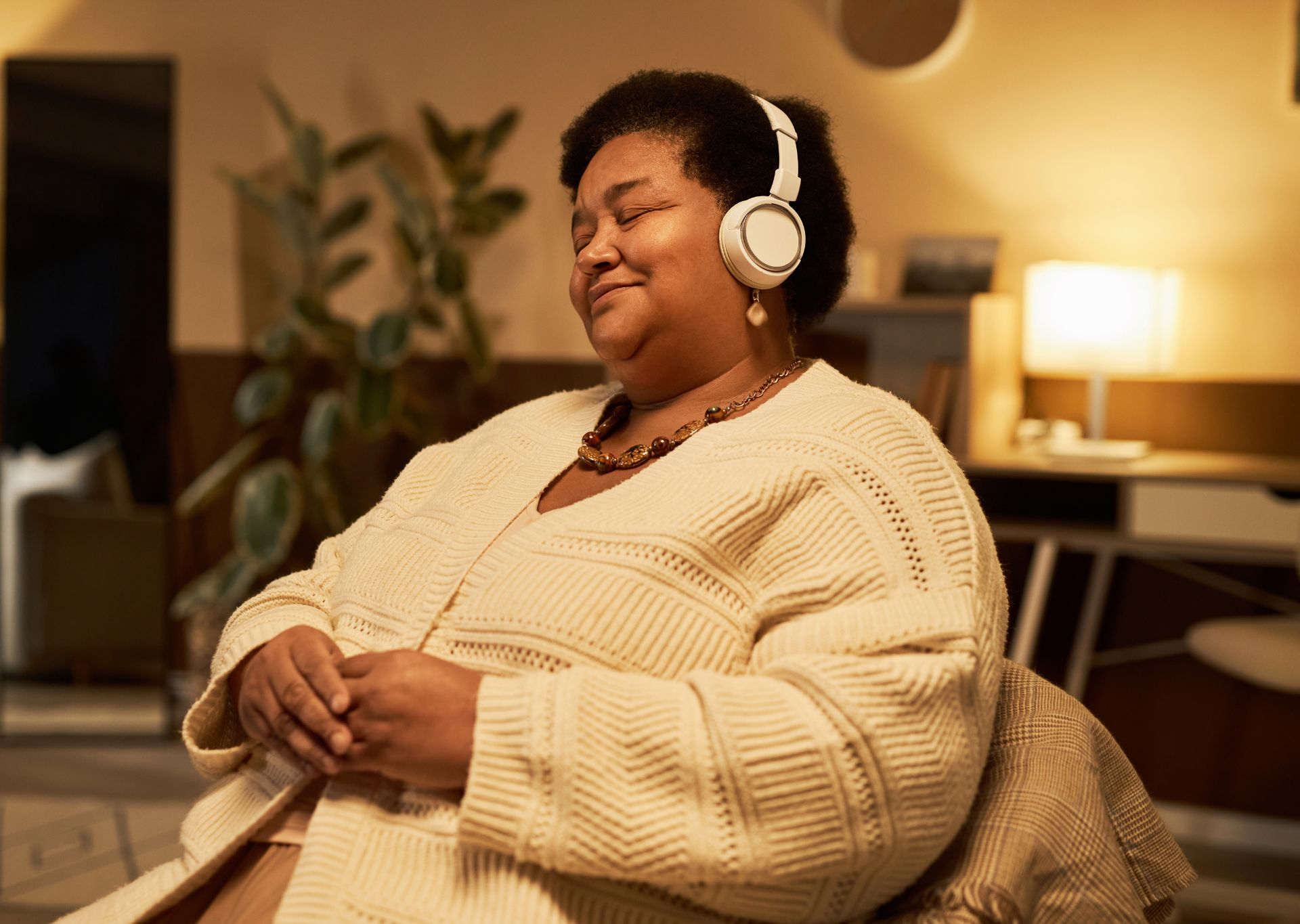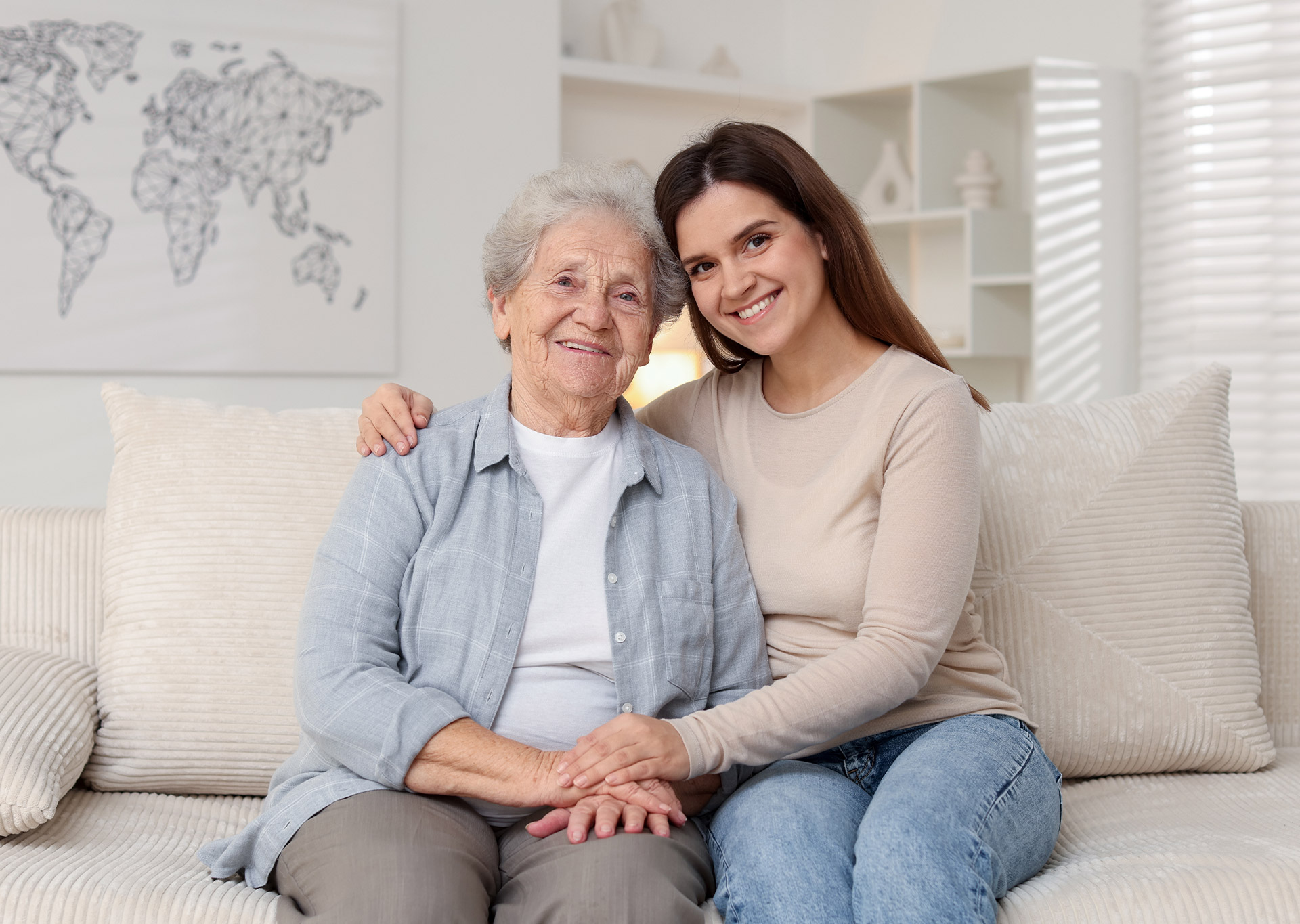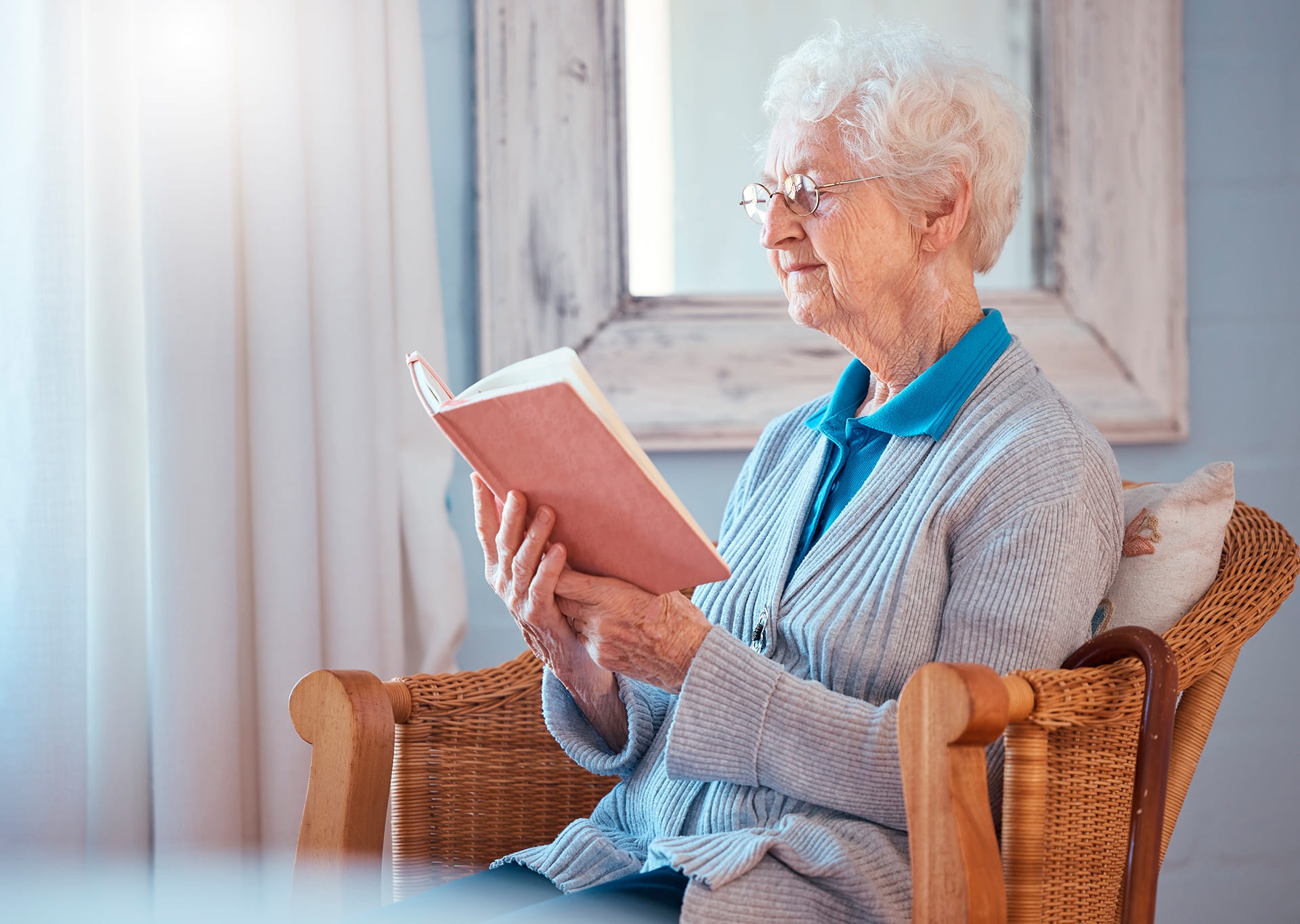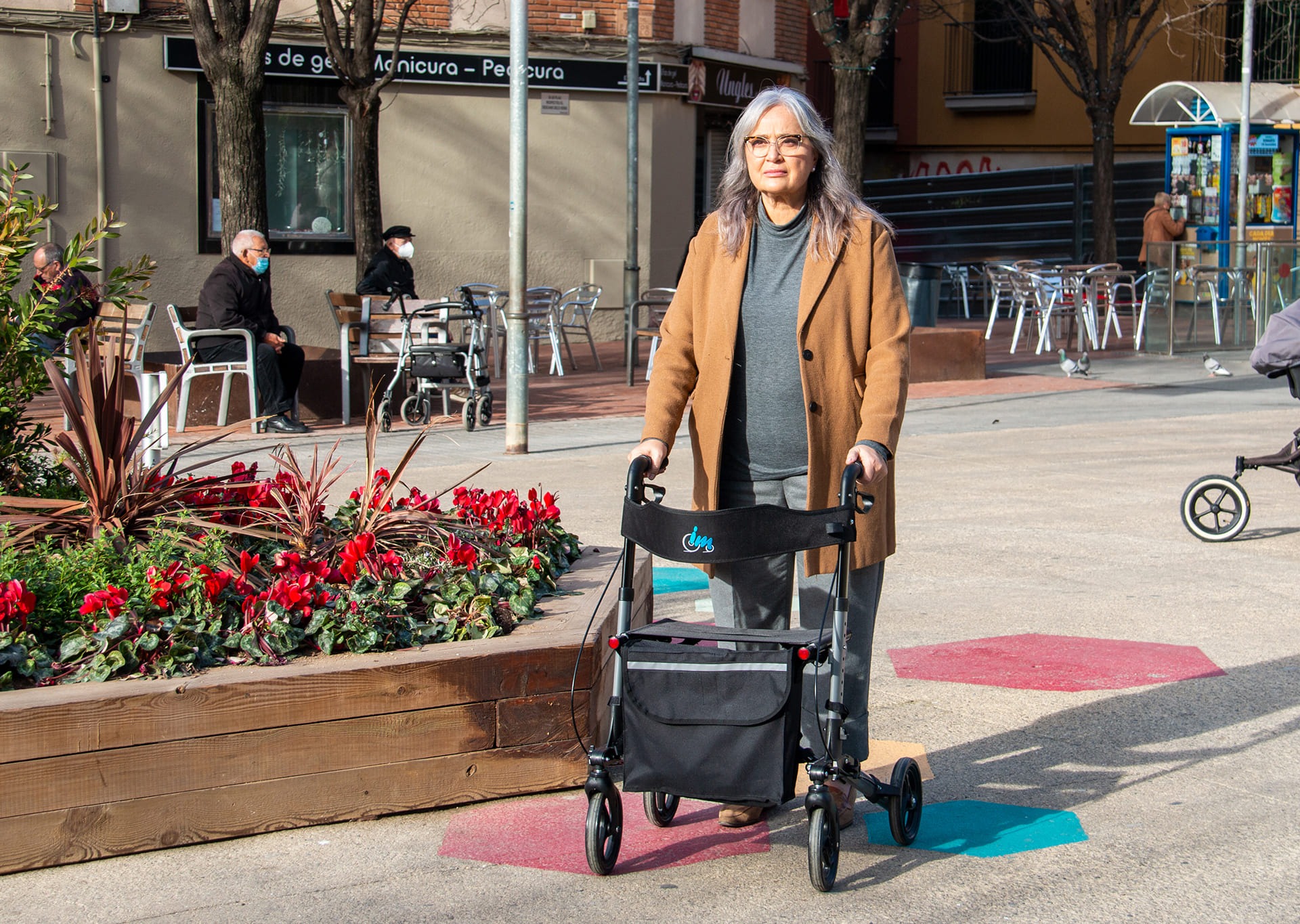
Complete Guide to Relaxation Therapies for Reducing Stress in Older Adults
Stress is a common condition among older adults and can affect both physical health and emotional well-being. Retirement, the loss of loved ones, chronic illnesses, or feelings of loneliness are some of the factors that can increase anxiety levels at this stage of life. Fortunately, there are several relaxation therapies that, when practiced regularly, can help reduce stress, improve sleep, and promote greater emotional balance. In this guide, you’ll find practical, safe, and accessible strategies that can make a significant difference in the quality of life for older adults.
A Holistic Approach: The Key to Emotional Well-Being
For relaxation therapies to be truly effective, they should be part of a holistic approach that considers individual needs, abilities, and preferences. It’s not just about applying an isolated technique, but about creating a daily environment that supports calmness, self-connection, and enjoyment of the present moment.
Below are some of the most effective relaxation therapies, along with suggestions for adapting them to the environment and characteristics of older adults:
Aromatherapy: Creating a Calm Environment at Home
Aromatherapy uses essential oils extracted from plants to induce states of relaxation. For older adults, this technique can be especially helpful in reducing anxiety, improving mood, and aiding sleep.
Practical tips:
- Recommended essential oils: lavender, chamomile, frankincense, and eucalyptus are known for their calming and anti-stress properties.
- Ways to apply: electric diffusers, scented pads, or aromatic baths. If applied to the skin, they must be diluted in a carrier oil such as almond or jojoba oil.
- Ideal environment: using aromatherapy in quiet, well-ventilated spaces like bedrooms or relaxation areas enhances its calming effects.
Consulting a healthcare provider or a certified aromatherapist can help personalize aromas based on preferences and medical conditions.
Relaxing Music: Well-Being Through Sound
Music is a powerful tool for regulating emotions and reducing stress. Listening to soft, pleasant melodies can directly influence the nervous system, promoting mental calm and general well-being.
Suggestions:
- Ideal genres: classical music, instrumental jazz, nature sounds (like water or birdsong), or ambient music.
- Personalization: include songs that evoke positive memories or happy moments to strengthen the therapeutic effect.
- Daily incorporation: playing relaxing music in the morning or before bedtime helps maintain emotional balance.
In people with dementia or memory loss, music can serve as an emotional and cognitive bridge that fosters connection with their surroundings.
Gentle Massage: The Comfort of Physical Touch
Therapeutic massage is one of the most effective ways to relieve muscle tension, improve circulation, and release endorphins—substances that create pleasure and well-being.
Recommendations:
- Target areas: neck, shoulders, back, and hands, where tension often builds up.
- Frequency and duration: short sessions (15–30 minutes), practiced regularly (once or twice a week), can have powerful cumulative benefits.
- Ideal setting: soft lighting, relaxing music, and essential oils can turn massage into a multisensory experience.
Massages should be performed by trained individuals or under proper guidance and always adapted to the physical condition of the person.
Complementary Activities That Promote Relaxation
In addition to the therapies above, other practices can significantly help reduce stress and support a more balanced lifestyle in later life:
- Mindful breathing: slow, deep breathing exercises help calm the nervous system.
- Meditation and mindfulness: spending a few minutes each day on focused awareness can improve concentration and lower anxiety.
- Gentle stretching or adapted yoga: light physical activities that combine movement with breathing are highly recommended.
Occupational therapists, physical therapists, or specialized instructors can help safely integrate these practices into daily routines.
Environment and Space: Creating a Serene Atmosphere
The space in which therapies are practiced is just as important as the therapy itself. A relaxing environment can greatly enhance the effectiveness of any technique.
How to prepare the environment:
- Soft, natural lighting: low lighting helps relax the eyes and mind.
- Warm, neutral colors: calming tones in the decor promote tranquility.
- Reduced background noise: avoiding loud or constant noise enhances the sense of peace.
Transforming a living space into a more serene setting doesn’t require major changes—just thoughtful planning.
Technology as a Well-Being Ally
Technology can also support relaxation in older adults by facilitating access to therapies or helping create automatic routines.
Useful tools:
- Mobile apps: for meditation, relaxing music, or breathing reminders.
- Voice assistants: devices like Alexa or Google Home can play music, activate diffusers, or guide exercises.
- Automatic timers: for lights, scents, or soothing sounds scheduled at specific times of day.
Integrating user-friendly technology can increase independence and simplify relaxation routines.
Gradual and Personalized Implementation
It’s not necessary to make all the changes at once. The key is to introduce the therapies gradually, according to the individual’s needs and preferences:
- Start simple: such as playing music or using a diffuser.
- Observe results: monitor reactions to adjust techniques accordingly.
- Seek professional guidance: occupational therapists, psychologists, or geriatric specialists can provide personalized support.
Many of these practices require minimal investment and still offer a major impact on emotional well-being.
Conclusion
Relaxation therapies not only help reduce stress in older adults—they also promote a more peaceful, mindful, and fulfilling life. Integrating music, scents, massage, and other calming activities into a daily routine can significantly improve quality of life. The most important thing is to tailor each technique to the individual’s abilities, preferences, and needs, always respecting their pace and choices. Creating a calm environment—with the support of technology and professional guidance—is a powerful step toward a healthier, more balanced, and happier aging process.








